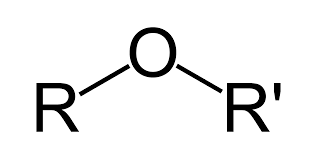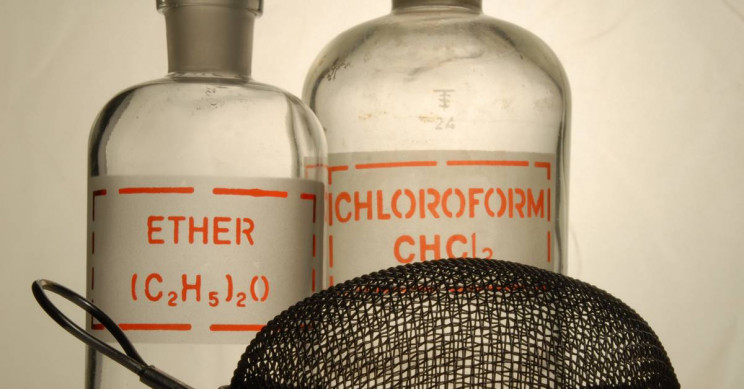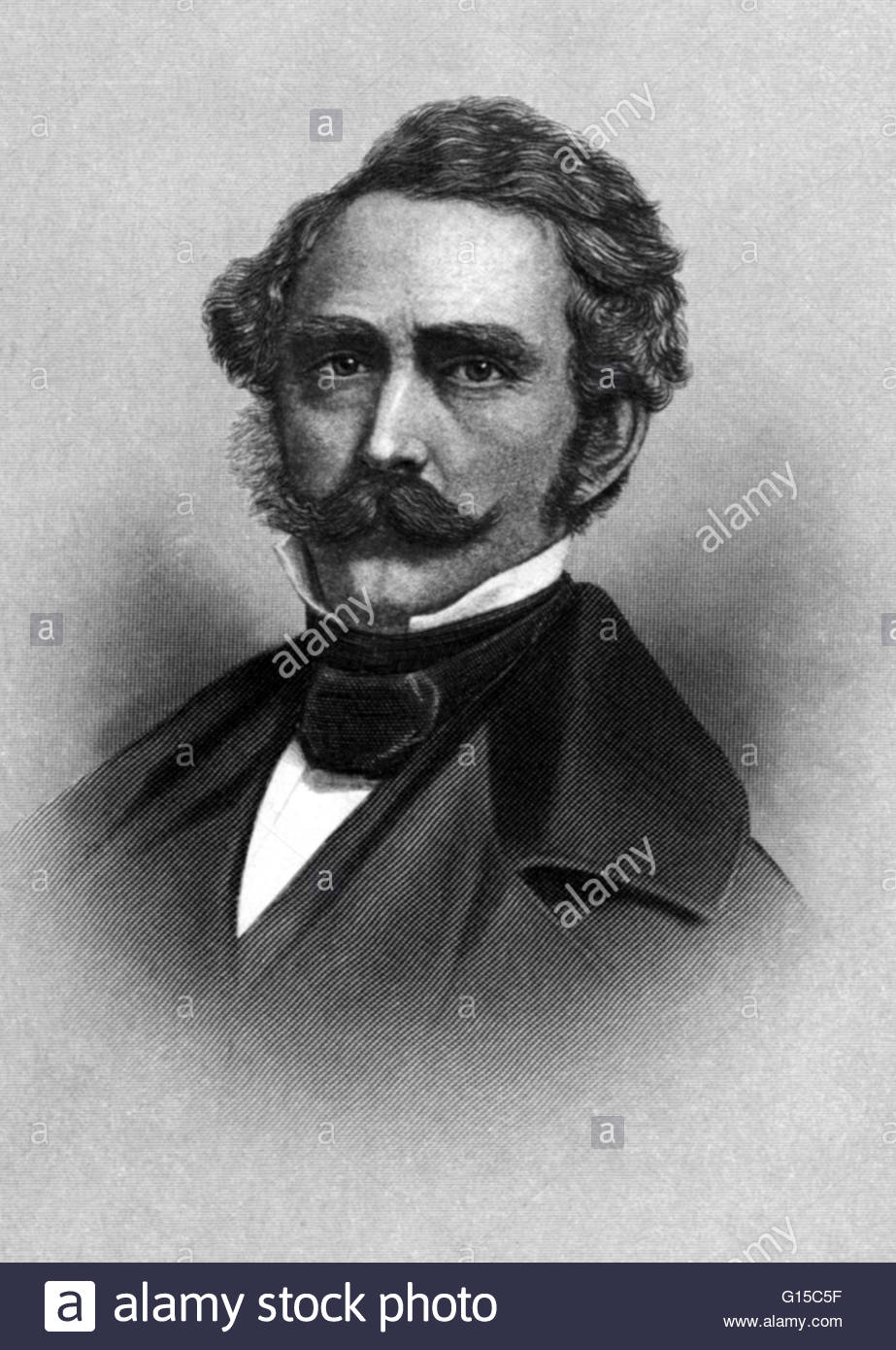
Ether Formula (pubchem)

Anesthesia is a medically induced coma, that makes the patient unresponsive and unconscious, when undergoing a medical procedure.

Ether Formula (pubchem)

Vintage Chloroform/Ether Bottles (Interesting Engineering)

Chloroform Formula (Science Madness)
There were many tools used throughout the process of testing Anesthesia. The most common and successful ones in the 1800’s was the Hollow Hypodermic needle which was attached to the syringe. (1853) This would be inserted into the patient's arm with different forms of earlier Anesthesia. In the 1900’s, the Hewitt Wide-Bore Inhaler was a huge breakthrough in the medical industry. This was put over the patient's mouth, making it easier for them to breathe, and allowed the Doctors to refill if needed. In 1992, the Ohmeda Tec 6 Vaporizer converted the liquid form of Anesthesia, into a gas form. This machine also delivered the right amount of anesthetic concentrates. Fast forward to the 2000’s, doctors can inject the patients intravenously, or it is inhaled through a breathing mask. Sedation can also be given to the patient, depending on their mental state before the surgery.

William T.G Morton
There were many key players in the making of anesthesia, but the most involved was William T.G Morton. Morton was a dentist and was in search for a better type of “sedation” than the nitrous oxide that many dentists were using before oral surgery.
Many people needed anesthesia because the medical treatment would abolish the pain being caused during the procedure. This breakthrough would change the Medical industry forever.
Link Block

Link Block

Link Block

Link Block

Link Block
